Science - Alberta Grade 3 - FULL YEAR BUNDLE - NEW 2023 CURRICULUM
Science - Alberta Grade 3 - FULL YEAR BUNDLE - NEW 2023 CURRICULUM
Interested in a bundle? Shop below instead!
Couldn't load pickup availability
Grade 3 – Alberta Science Curriculum – This resource covers all outcomes in the NEW 2023 Alberta Science Curriculum.
GOOGLE CLASSROOM VERSION - PDF INCLUDED! This gives you the ability to print worksheets as well as distribute a digital copy of the resource to your students on Google Classroom.
Check out each of the strands below to learn more about the resources included in this bundle.
Matter
Some of the concepts that are covered:
- What are raw materials?
- Sorting raw materials and processed materials
- Changing materials – reversible changes and irreversible changes
- Physical and chemical changes to materials
- Changing cotton – how to make clothing
- Changing materials by cutting or bending them
- How to make paper and plastic
- Materials we use now versus materials we used in the past
- Indigenous use of trees, rocks, plants, animals, ice, and shells
- Activity – making a wampum belt
- Activity – making an Inuit Inukshuk
- Activity – ordering the steps to make a Wigwam and Longhouse
- How the buffalo was used – tools, clothing, food, etc.
- What is matter?
- All about liquids – properties of liquids
- Liquids used at home
- Flowing liquids
- Experiment – testing the flow of liquids
- Properties of solids
- Experiment – weight of solid versus liquid
- All about gases
- Experiment – does air have any weight?
- Changes in state – physical changes involving heat
- Melting point
- Experiment – testing the melting point of water
- Freezing point
- Freezing rain and the Cryosphere (glaciers)
- Boiling point
- Evaporation – examples
- Experiment – testing evaporation
- Condensation – reading and experiment
- Sublimation and deposition
- The water cycle – diagram and reading
- Experiment – making a model water cycle
- Coding – supercomputers predicting the weather
- Writing code – weather reports
- Coding activities – winter puzzle and spot the difference
- Unit test
- Answer pages for all activities
Energy (Forces)
Some of the concepts that are covered:
- What is a force?
- Push and pull forces
- Contact forces – applied, friction, tension, and elastic
- Experiment – demonstrating an applied force (ball throw)
- Contact force – frictional force
- Experiment – friction car ramp
- Experiment – frictional force power
- Contact force – tension
- Contact force – spring force
- Experiment – popsicle stick catapult
- Newton’s First Law of Motion
- Experiment – demonstrating the first law of motion
- Law of inertia
- Experiment – demonstrating inertia
- Balanced and unbalanced forces
- Examples of balanced and unbalanced forces
- Forces from different directions
- Objects changing direction
- Force diagram – changing directions
- Describing the strength of forces
- Protective gear – staying safe against strong forces
- Coding activities – if/then statements
- Simple machines
- Wheel and axle
- Experiment – making clothespin car and balloon car
- Inclined plane – calculating the mechanical advantage
- Experiment – creating an inclined plane
- Simple machine: levers
- Experiment – testing different levers
- Simple machine: wedge
- Experiment – demonstrating the use of a wedge
- Indigenous groups using simple machines – Paddle and Antler Wedge
- Inuit sculpting tools – the Ula
- Coding – making simple machines
- Coding – if/then statements: machine lawn mowers
- Unit test
- Answer pages for all activities
Earth Systems (Changing Earth)
Some of the concepts that are covered:
- Sudden versus gradual changes to Earth
- Layers of Earth
- The Earth’s plates
- Mountains – how they are formed
- Experiment – Types of plate boundaries
- The Rocky Mountains
- Glaciers – how they form valleys
- Experiment – making a valley
- Riverbeds formed by glaciers
- How human activities melt glaciers
- Journey of water from glaciers to the ocean
- Mapping activity – drawing the route glacial water takes to the Arctic Ocean
- Coding activity – writing a program that moves a glacier
- Volcano – how they change the Earth’s surface
- Experiment – making a model volcano
- Landslides changing the Earth’s surface
- Weathering, erosion, and deposition
- Coastal erosion – sea stumps, sea caves and sea arches
- Meandering streams
- How lakes fill up and dry out
- Wind and water shaping the Badlands
- How human’s change the Earth’s surface
- Overpopulation, burrowing animals, and pests
- Earth’s layers and fossils
- Experiment – making fossils
- Dating fossils
- Alberta millions of years ago – inland sea and rainforest
- The Dinosaurs of Alberta – Albertosaurus, Edmontosaurus, Nodosaurus, Tyrannosaurus
- Coding activity – finding fossils underground
- All about soil
- Organic matter and living things in soil
- Layers of soil
- Experiment – soil composition test
- The importance of soil
- Unit test
- Answer pages for all activities
Living Systems - Plants and Animals
Some of the concepts that are covered:
- Herbivores, carnivores, and omnivores
- Experiment – making animal scat based on diet
- Classifying living things based on diets
- Food chains in Alberta
- Food chains in wetlands, deserts, arctics, and African savannas
- Food webs
- Story – Alberta food chain
- Plants responding to light – phototropism
- Experiment – demonstrating phototropism
- Plants responding to touch
- Plants responding to water and gravity
- Experiment – water travels through plants
- Experiment – Tasty Leaves
- How animals respond to light
- Nocturnal and diurnal animals
- How animals respond to temperature – migration and hibernation
- Experiment – making a flying paper airplane
- Animal senses – super hearing animals and super smelling animals
- How animals use their sense of taste and sight
- Animals with super sense of touch
- How humans use plants
- Indigenous use of plants – medicine, shelter, food, and clothing
- Indigenous use of tobacco plants
- Plants need animals – spreading seeds and pollination
- Experiment – demonstrating pollination
- Coding activity – robotic bees
- Writing code – mapping robotic bees
- Animals need plants – food, shelter, and oxygen
- How humans can help plants
- Rules and laws protecting animals – fishing counts and tracking animals
- Planting trees – 2 Billion Trees Program
- Coding – drawing plants
- Indigenous understanding of animals – behaviours and migration patterns
- Métis Seasonal Rounds
- Unit test
- Answer pages for all activities
This is a comprehensive bundle that will save you hours of planning! It has been tested and found effective in helping students achieve the learning outcomes in the science curriculum.
Answer pages for all slides/sheets are included!
Share
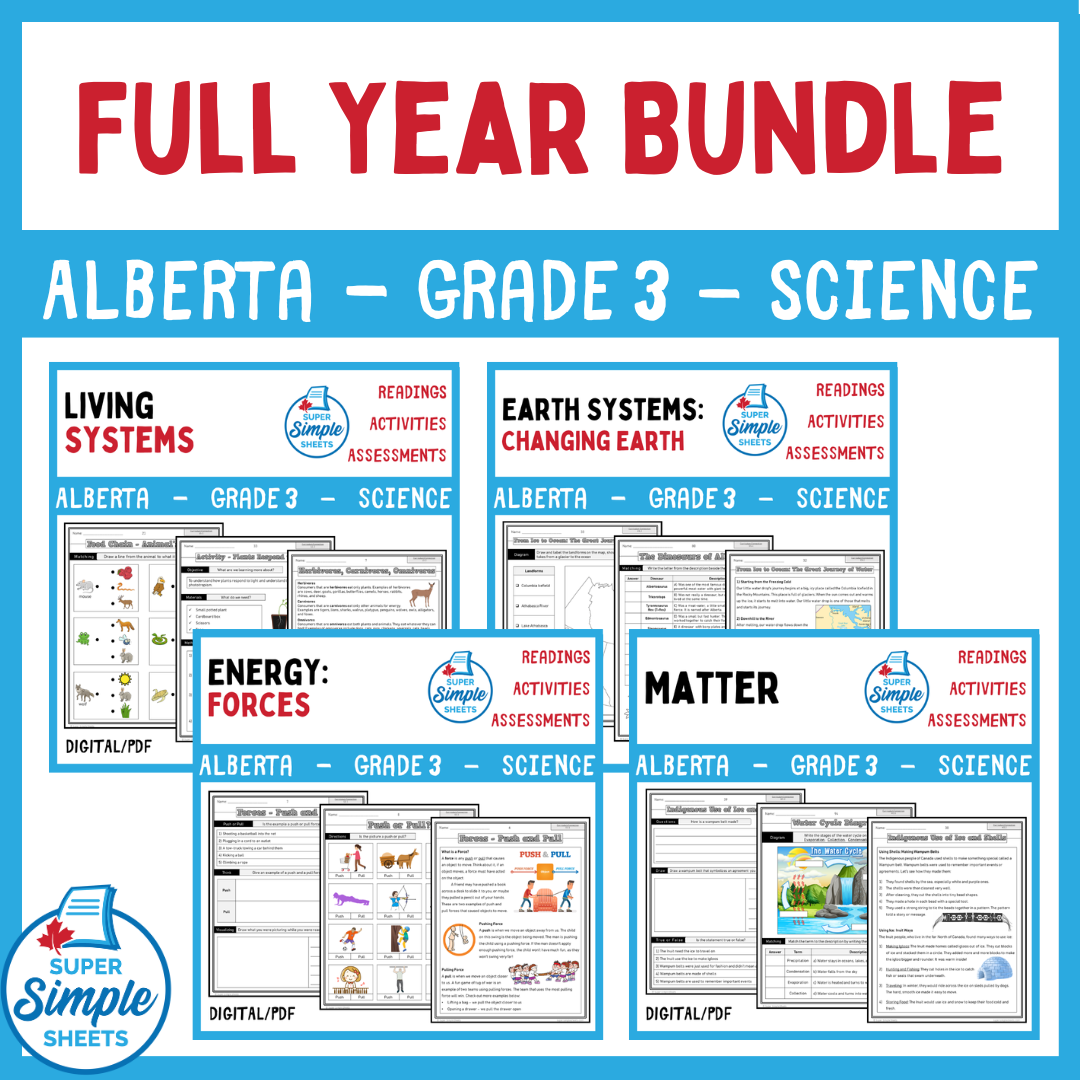
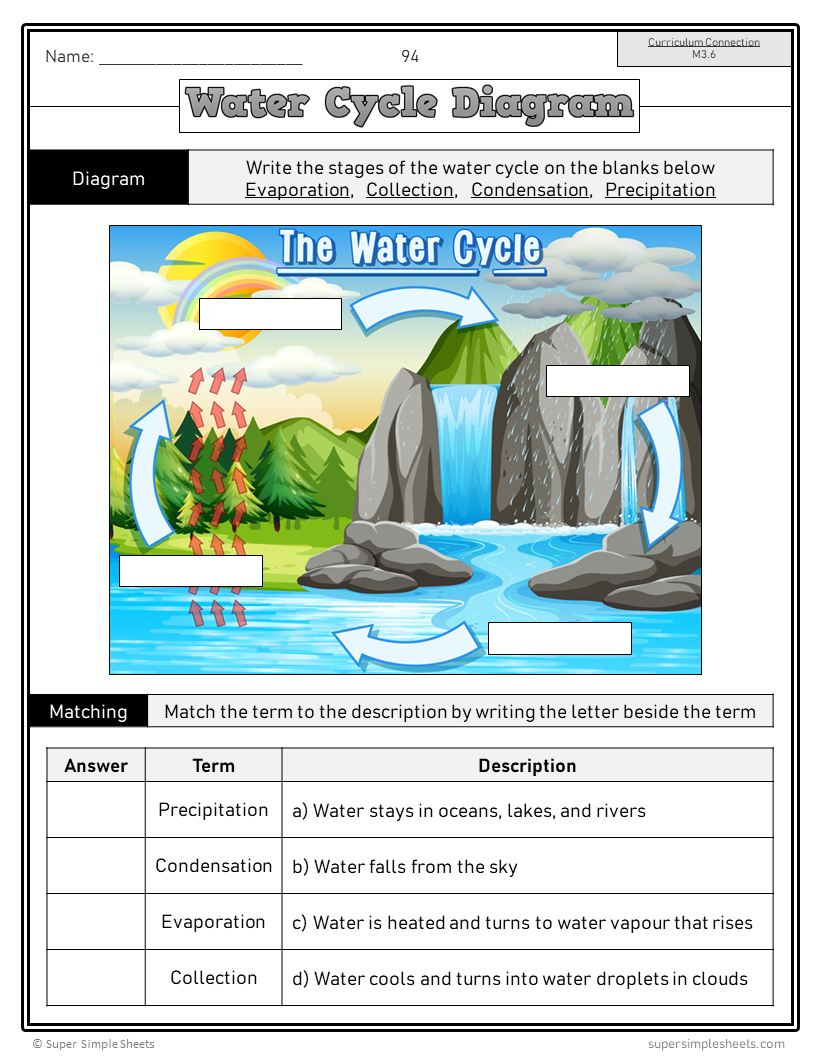
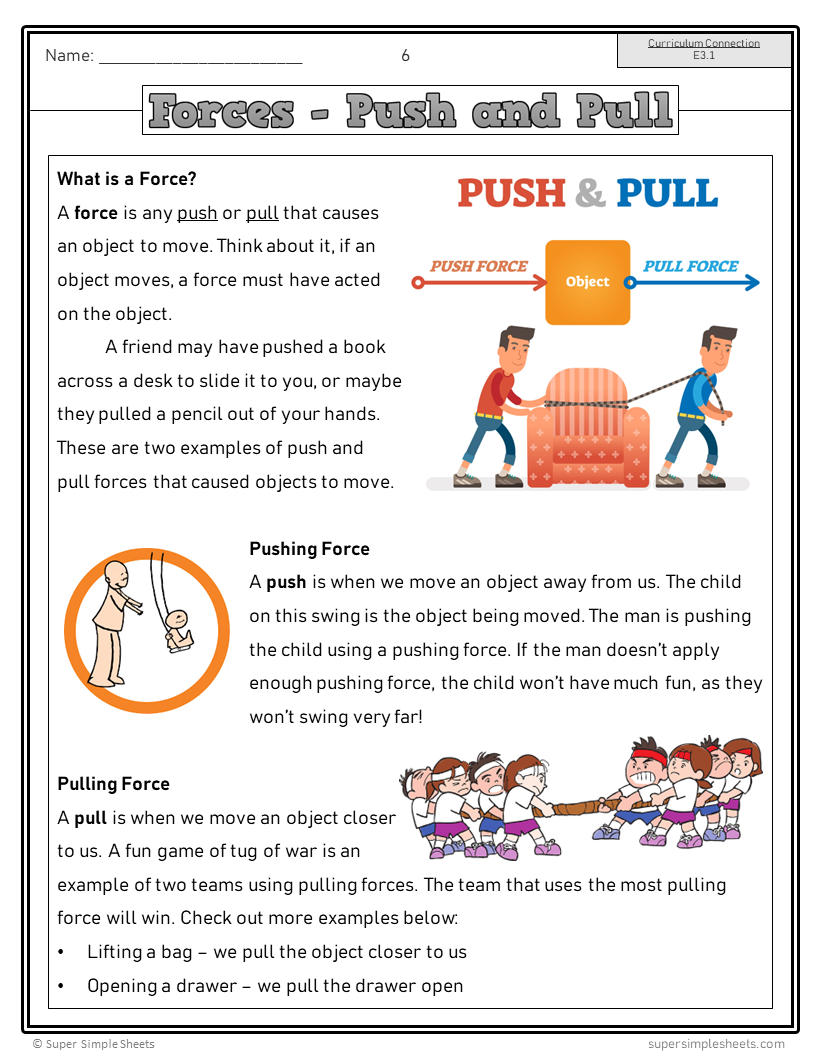
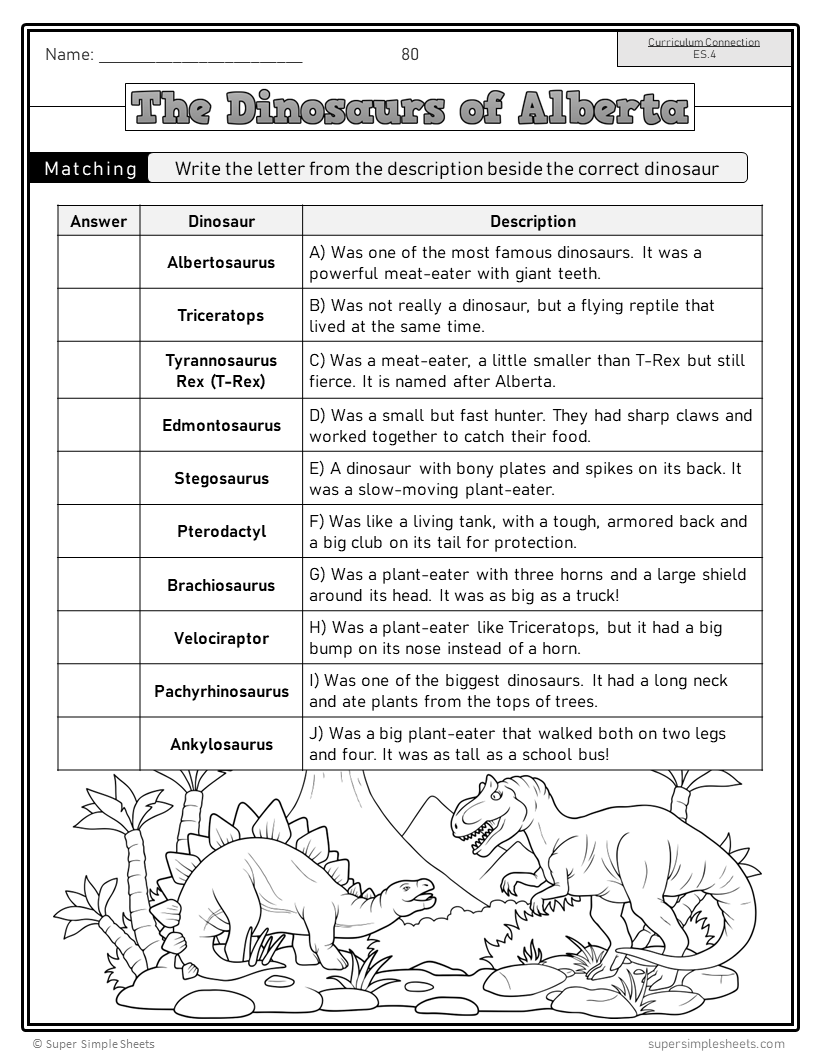
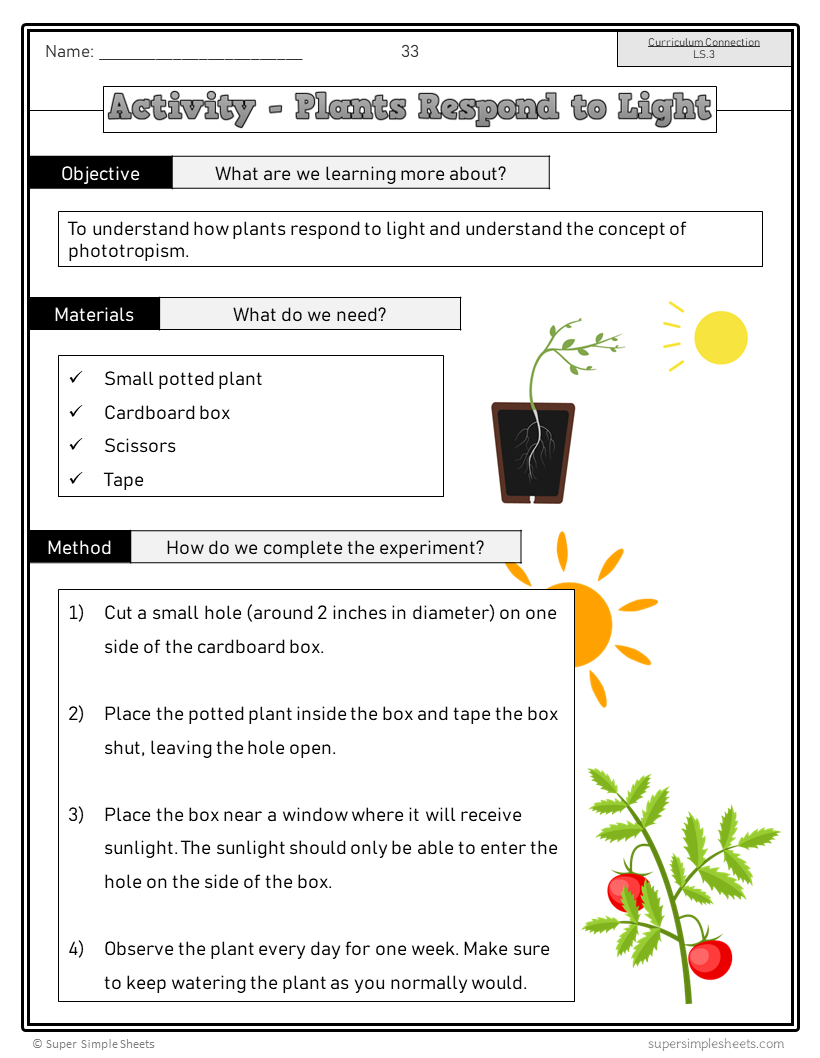
I have been using these resources for a couple Years now and we love them
Love it and my students loves it too.
Was a great product! Definitely recommend
This year long science resource is thorough and engaging. It is a great way to cut down on some of your planning time because they have poured over the new curriculum for you. Some differentiation for ELA and coded students will be necessary. Truly an unbeatable product for the price point.








